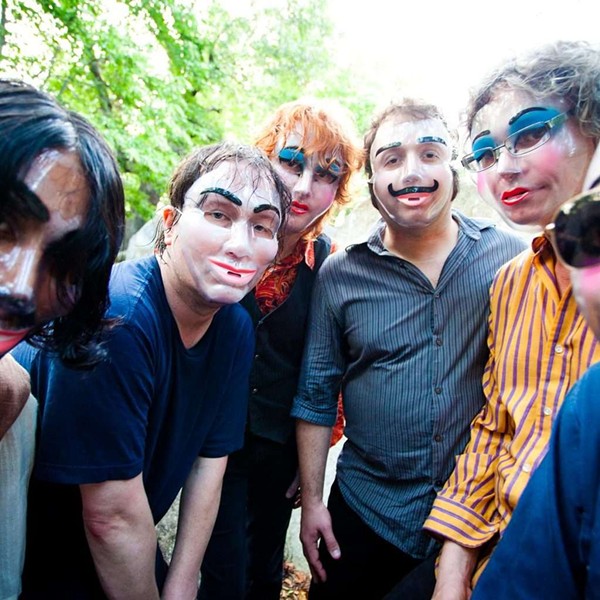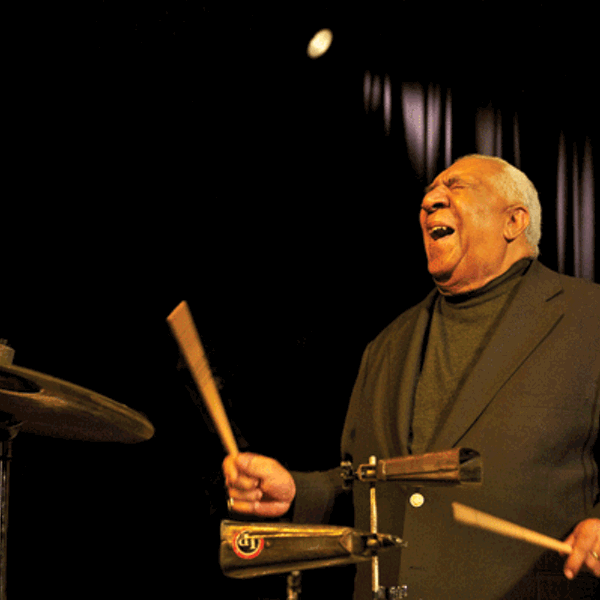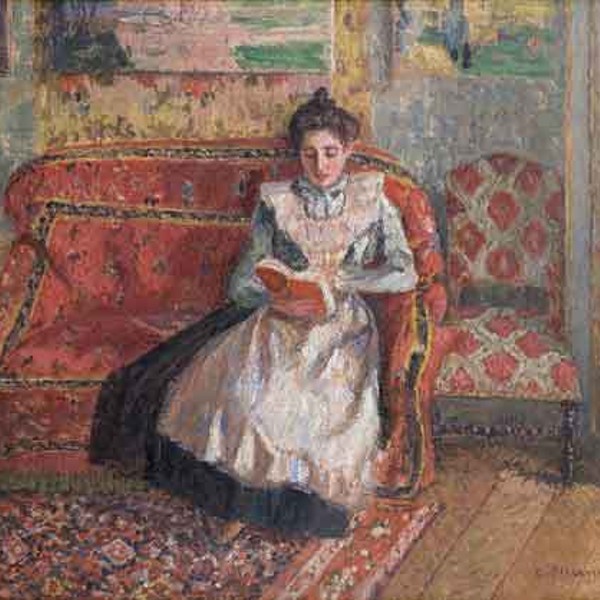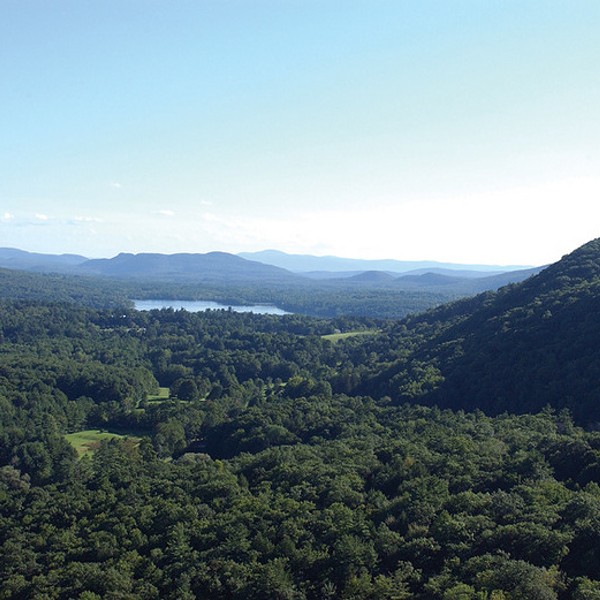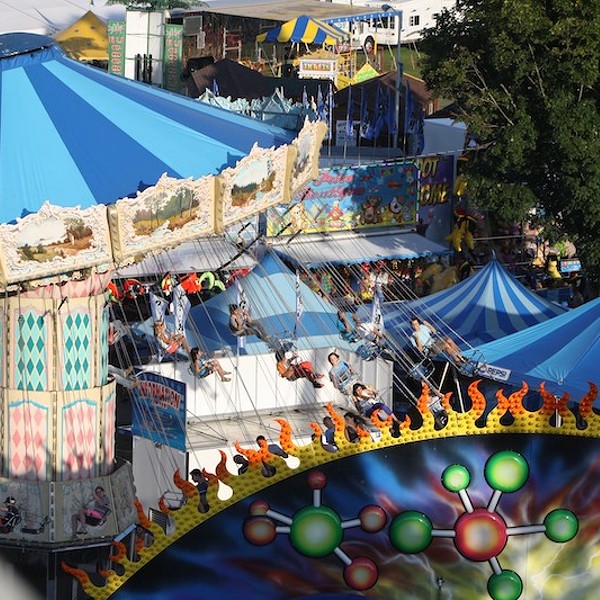“I discovered Dove and picked him out before I was picked out and discovered,” Georgia O’Keeffe told an interviewer in 1962. “Dove/O’Keeffe: Circles of Influence” at the Clark Art Institute in Williamstown, Massachusetts, is the first show pairing Arthur Dove's and Georgia O’Keeffe’s art.
O’Keeffe (1887-1986) was the most prominent American woman artist of the 20th century; Dove is still relatively unknown. But when O’Keeffe was a young painting student in 1914, the situation was reversed. Dove (1880-1946) was the first American abstract artist, beginning almost as early as Vassily Kandinsky in Germany. O’Keeffe noticed the elder artist’s work in reproduction in Arthur Jerome Eddy’s Cubists and Post-Impressionism (1914), the first survey of modern art by an American writer. The influence was immediate and fruitful. “Dove is the only American painter who is of the Earth.” O’Keeffe later observed. “Where I come from the Earth means everything.”
Abstraction had a different trajectory in America than in Europe. Picasso and Braque began by splintering visual reality with Cubism. Dove and, later, O’Keeffe simplified natural forms. Despite the vast size of America, abstraction here took a miniaturist’s eye.
O’Keeffe, with her talent for self-promotion, was the opposite of Dove. He lived on a houseboat named Mona for seven years, avoiding the art world, while O’Keeffe married Alfred Stieglitz, the most influential gallerist in America. Stieglitz was also a photographer, and his nude photographs of O’Keeffe in 1918 created a sensation. In the 1930s, Dove began painting with water-based paint, and drew inspiration from the “burning watercolors” O’Keeffe had painted 20 years earlier. So the Dove/O’Keeffe influence was mutual.
Art critics in the early 20th century, inspired by Freud’s new theories, saw O’Keeffe and Dove as primal male and female artists. “Dove is very directly the man in painting, precisely as Georgia O’Keeffe is the female,” wrote Paul Rosenfeld. “Neither type has been known in quite the degree of purity before.”
O’Keeffe’s paintings leap out of the canvas and address the viewer. Dove’s works pull the viewer in, quietly. “While there are very clear correspondences, both thematically and visually, between Dove and O’Keeffe, if you really look at the surfaces—the way they’re painted—their touches are quite distinct,” explains Richard Rand, senior curator at the Clark. “Dove has a probing brush, a short, hatch-work style, where Georgia O’Keeffe’s touch is much more fluid, glossy, synthetic.”
O’Keeffe took the Dove influence and brought it closer to visual reality—“de-abstracting” his work. She also lightened his palette. Of course, O’Keeffe had other influences as well. Two of her stunning precisionist cityscapes from the 1920s appear in the exhibit.
This is the first major show of 20th-century art at the Clark Institute. The guest curator, Debra Bricker Balken, served as a visiting professor at the Clark in 2005. None of this material is taken from the Clark collection, and “Dove/O’Keeffe” will not travel.
“Dove/O’Keeffe: Circles of Influence” will be exhibited at the Sterling and Francine Clark Art Institute in Williamstown, Massachusetts, through September 7. (413) 458-2303; www.clarkart.edu.










